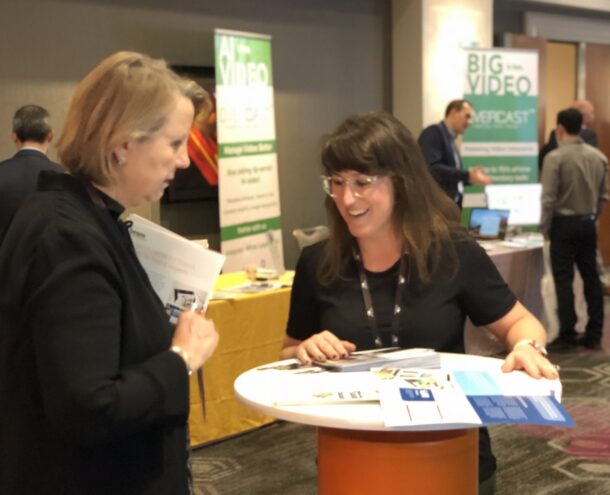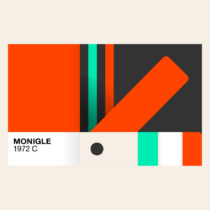5 Key Takeaways from DAM LA

Recently we attended and presented at DAM LA, the largest conference dedicated to digital asset management on the West Coast, where we had the opportunity to connect with hundreds of users and vendors. Through our interactions, we gained insight into DAM users’ current and anticipated brand governance challenges; how leading-edge organizations are using DAM to advance their brands; and how to build community through DAM.
Five Takeaways from DAM LA:
1. Users’ expectations have been Google-ized
Your users are accustomed to putting anything into a search bar and getting an accurate set of results in return. Think carefully about your metadata so that the experience you create with it is consistent with user expectations. Your user and brand needs are as unique as your brand itself—accordingly, a customized approach to metadata is the best bet to ensure you’re fulfilling them. Your content has to be tagged in a way that users can find it; the more ways you have it tagged, the more ways you’ll be able to use it.
2. There’s only going to be more content to manage, not less
With the Internet of Things here in full force, content increasingly isn’t just something you create—it’s something you collect. Content is more than an image or video, it’s a piece of a business process. And airport cameras, wearable technology and home automation aren’t the only systems producing endless amounts of content—brands are, too. The demand for content has increased 50 percent year-over-year for some creative teams. It’s critical to have a way to store, manage and leverage content and data.
3. Content needs more managing than ever
As new brand touchpoints crop up every year, there are more users who need more access to brand assets for more business purposes. Your user base is becoming bigger and broader, which reinforces the need for consistency across all applications of the brand. Your DAM has the potential to function outside conventional parameters of the digital asset management category and operate as a BAM: a brand asset management system. Growing user bases mean organizations must dedicate additional time and resources to ingesting, tagging, educating, disseminating and engaging around content. The result of dedicating time to tasks like these? Your various teams won’t waste time recreating assets that already exist.
4. If content is king, engagement is queen
Content and engagement go hand-in-hand: Fresh content gives users a reason to keep on using your BAM. And, especially after your initial implementation period, it’s critical to engage users so they know your BAM is a great content resource to begin with. Consider a system with built-in gamification functionality, which will allow you to incentivize users to get to the next level of engagement and integrate leaderboards that encourage healthy competition among users. Your corporate intranet, email campaigns and compulsively shareable quizzes are also excellent tools to encourage users to engage regularly and enthusiastically.
5. DAM is the wrecking ball of organizational silos
The most robust BAM systems facilitate not just two-way but three-way conversation between administrators and users. Not only can users interact with admins, admins can connect users from every corner of the organization so they can interact with each other. Tools like central registries of user-generated content and brand showcases to highlight best-in-class examples of the brand in action will spark further knowledge sharing. When users across roles, business units and geographies can access others’ work and expertise, it results in time savings and increased consistency.
We’d love to share more with you about how to take your DAM beyond basic digital asset management and into BAM territory. Learn how BEAM (Brand Engagement and Asset Management) can help you sustain and advance your brand. If you’re interested in exploring the topic further, check out our infographic 7 Ways to Unlock Brand Value Through Your Brand Center, based on one of our conference presentations.


